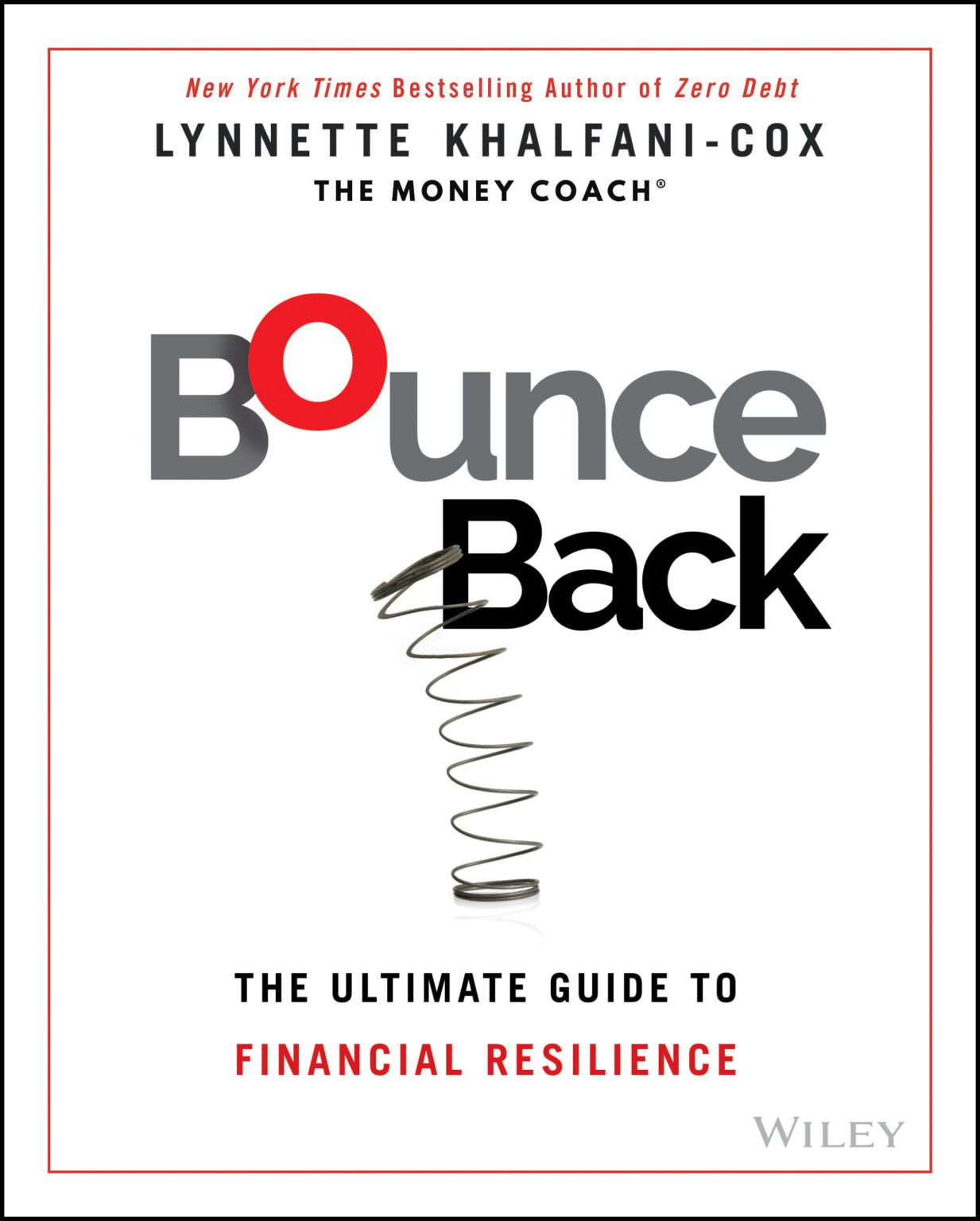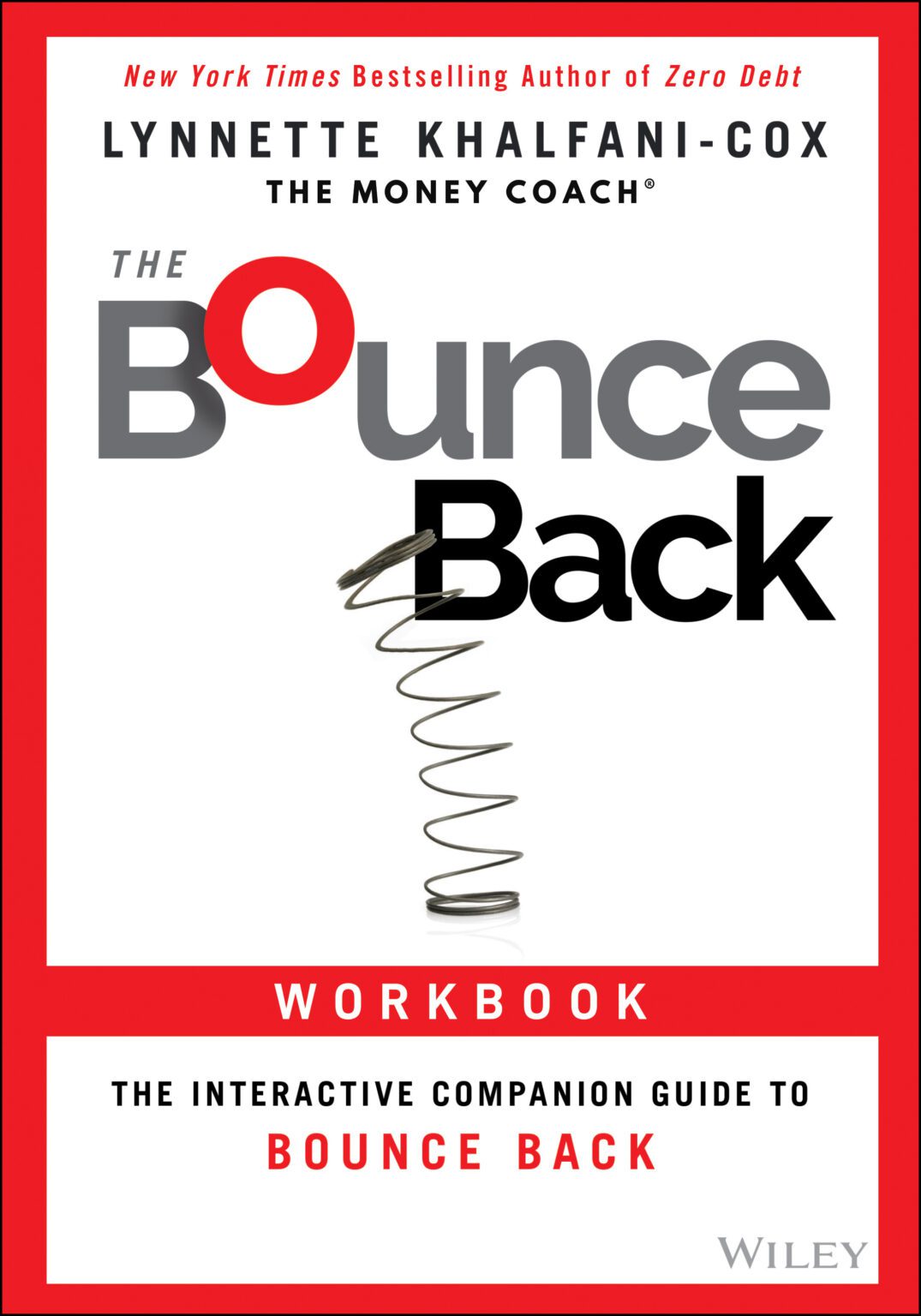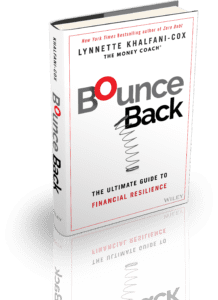If you’re thinking about getting a peer‑to‑peer loan, it’s probably a good idea for those of you who have high interest rate credit card debt.
But peer‑to‑peer loans offer far more benefits than just that. For entrepreneurs who need financing, P2P loans are also a ready source of cash. And most small business owners know that access to capital is critical for a company’s success.
Here are five of the positive things that go along with getting a peer‑to‑peer loan. At the end of this article, I’ll also share my thoughts about four drawbacks of P2P loans.
But let’s start with the good stuff.
Cheaper Borrowing Costs
First, as I mentioned, they offer lower interest rates. For those of you who have credit card interest rates of, say, 15% to 25% or even higher, a peer‑to‑peer loan is good news if you want to swap out that credit card debt and replace it with a lower rate debt.
Faster Debt Payoff Cycle
A second plus to having a peer‑to‑peer loan is that it’s a speedier way to eliminate debt. If you have credit card debt, that’s an open‑ended form of debt that really only requires you to make minimum payments.
You could literally spend 25 years paying off a $10,000 credit card debt with an 18% interest rate by making only minimum payments.
The peer‑to‑peer loan, on the other hand, is speedier because they require you to pay off the debt in either one, three or five years. That’s a quicker way to become debt free.
Better for Your Credit Score
Another good point of a peer‑to‑peer loan is that you have the potential to boost your credit score with it in ways that credit card debt certainly does not offer.
Part of the reason that you can boost your credit score with a peer‑to‑peer loan is that the peer‑to‑peer loan is reported to the credit bureaus as installment debt instead of revolving debt, which is credit card debt. Revolving debt is scored less favorably, in fact, in all credit scoring models.
3 Ways a Peer-to-Peer Loan Can Help Your Credit Score
For example, with the FICO credit-scoring model, 30 percent of your FICO credit score is based on the amount of credit card debt outstanding that you’re carrying. Remember, your FICO credit score ranges between 300 and 850 points. The higher your credit score, the better a lending risk you’re deemed to be.
But when you have so much credit card debt showing on your credit reports, that drags down your credit score. By swapping out that revolving debt and having it as a peer‑to‑peer loan – and reported as installment debt – that can boost your credit score.
This is especially important for entrepreneurs. If you tend to put a lot of business expenses on your credit cards, your credit rating could be suffering, making it more difficult for you to get loans and other financing. So a peer-to-peer loan could be particularly helpful in improving your credit rating.
Speedy Application and Funding Process
Another good point of a peer‑to‑peer loan for borrowers, especially small business owners, is that it’s a fast and easy application and funding process. According to Renaud Laplanche, the CEO of LendingClub.com, when you fill out an application, it takes roughly two to three minutes. You then get an answer in about five seconds.
So you pretty much know immediately whether or not you’re qualified and you will be able to get the loan.
Subsequent to that, P2P lenders like Lending Club and Prosper.com have a verification process that takes place where they check your income, your employment situation, etc.
But on average, those loans get funded in as little as two to about five days. That’s good news for borrowers, especially entrepreneurs and those who need cash fast and don’t want to wait for a bank’s potentially weeks-long or maybe months long loan process and a much more rigorous set of approvals to be issued.
Better Terms for Repeat Borrowers
Finally, another pro of getting a peer‑to‑peer loan for a borrower is that, if you take on a loan and successfully repay it and then you need to get another loan, repeat business gets you better loan terms.
“About 40% of our loans are repeat customers,” says Prosper CEO Chris Larsen. “They perform tremendously better than new customers. So we give a better rate for that, and lenders see higher returns on their investments for those loans.”
“You almost get known in the community,” for being a good borrower, Larsen adds.
Want a P2P Loan? See This Profile of a Typical Peer-to-Peer Borrower
When was the last time your bank said to you: “You’ve repaid this loan consistently. You’ve done business with us for ‘X’ amount of time. Therefore, we’re going to reward you for paying off this loan. So the next time you need a loan, we’re going to give you an even lower rate.” That’s virtually unheard of!
Prosper.com isn’t just courting consumers that need to borrow. It’s also actively targeting small business owners. The company recently teamed up with Lendio.com, an online service that matches entrepreneurs with viable business loans. The new partnership is designed to help small business owners that need capital – in the form of personal loans or business loans – to grow their operations.
Disadvantages to Peer-to-Peer Loans
There are, of course, some downsides and drawbacks to having peer‑to‑peer loans for borrowers. Here are four of them.
Fees Are Charged
One is that there are fees involved. You do have to pay closing fees to get a peer‑to‑peer loan. At Prosper the fee you’ll pay is very much dependent upon your individual credit rating. But in general, fees range from about 0.55, a half of a percentage point, to as much as 4.5% of your loan amount.
Possibility of Negative Payment Reporting
A second negative factor for borrowers about peer‑to‑peer loans is that if you have late payments, you really could hurt your credit rating, just like any other traditional loan.
You know how a credit card company or a bank would report you being late to the credit bureaus after a 30‑day delinquency? Well, the same will happen with a peer‑to‑peer loan if you, in fact, miss that installment payment that you’re required to pay.
Potential Higher Monthly Payments
Another downside for borrowers of peer‑to‑peer loans is that they require could higher monthly payments than some borrowers may be accustomed to making.
Assume for a moment that you use a peer‑to‑peer loan to swap out high interest rate credit card debt, which is a very common thing. About 60% to 65% of borrowers in peer‑to‑peer loan networks are doing it for credit card debt consolidation. P2P loans to entrepreneurs rank as the second biggest category of peer-to-peer loans.
Well, for those folks who have been making minimum payments, even if they have excellent credit and high credit scores, they may not be accustomed to making double, triple amount of their minimum payments.
For them to be thrown into a situation where they have to make much higher monthly payments in order to more quickly pay off those loans, that could jeopardize their financial standing and lead some borrowers into delinquency or default. This could occur simply because they may or may not have the immediate cash flow, the economic wherewithal or the financial discipline to make those higher monthly payments than they’ve been used to making.
High Credit Scores Preferred
Finally, one drawback of peer‑to‑peer loans for borrowers is that high credit score requirements are mandatory at some lending networks, and highly desirable at others.
At LendingClub.com, the company says it rejects 90% of loan applicants. They only accept the top 10%, based on those individuals’ credit scores, their overall credit rating and other financial factors. So not everybody is going to qualify.
Peer-to-Peer Loans: 6 Things You Need to Know
Even if you have fair credit or even horrible credit, you can still get a loan through a P2P network like Prosper.com. And I’m not suggesting that only those with “bad” credit go to Prosper. On the contrary, many borrowers with stellar credit use Prosper.
What I am noting, though, is that for those who do have so-so credit, you might get funded, but the interest rate that you’ll pay is certainly going to be higher than what someone with good credit would pay.
In the peer‑to‑peer network, in other words, it definitely pays to have a better credit score, preferably a high credit score, because risk‑based pricing is so much a part of their business model.
All in all, if you have poor credit you would obviously be locked out of the traditional lending market. A bank is not going to issue you a personal loan.
Your only other alternative might be something like a payday lender, which is horrible, because they typically charge interest rates up to 400% on an annualized basis.
To that extent, even if you do have absolutely terrible credit and you have to pay something like 25% or 30% to borrow via a peer‑to‑peer lender network, that would still be a better loan rate than you’d get by going to a payday lender.
Read: Recession 2020: 5 Ways to Recession Proof Your Finances








